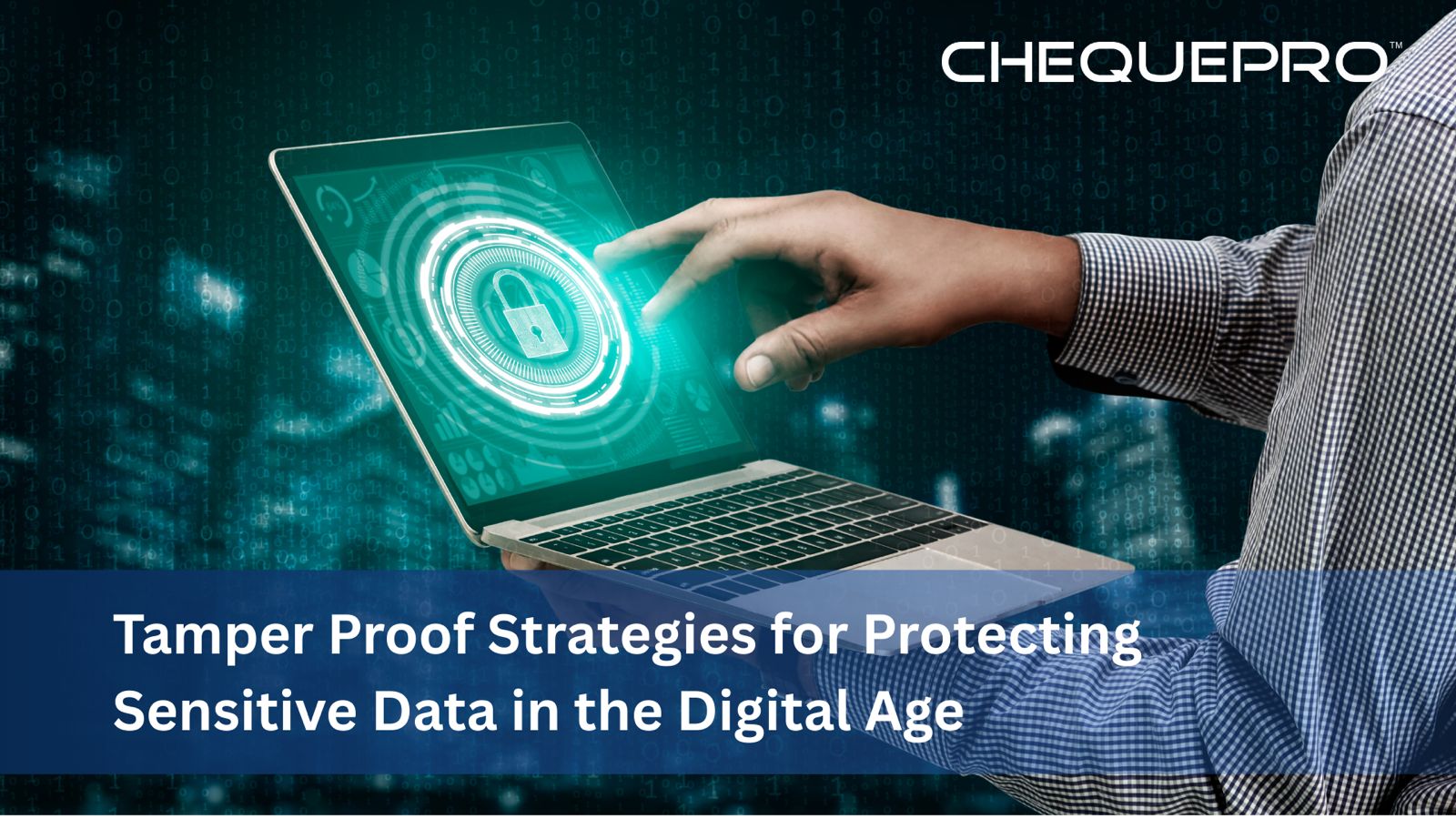Introduction
Data breaches are at an all-time high these days. And the damage they cause is still massive. By 2025, cybercrime could cost the world $10.5 trillion, and a single breach can cost a company about $4.44 million.
I still remember when a small business owner I knew had his data leaked. It was just a weak password that gave someone access. Due to this, invoices were altered and payments got rerouted. He told me later how helpless he felt after realising how unprepared he’d been for this kind of situation.
And that’s the thing. It’s never really “if” someone will try to break in. It’s “when.” The real question is how prepared you’ll be when it happens. The only thing you can control is how tamper-proof your defences are when that day comes.
Why Tamper-Proof Security Actually Matters
Hackers work in groups that are so fast and organised that they operate almost like real companies. In India, there were more than 20 million reported cybersecurity incidents in 2024.
And these could be done in several different ways:
- Ransomware: Here, attackers lock your system and demand money before giving back access.
- Stolen credentials: Sometimes, some people’s logins and passwords are sold on the dark web for quick profit.
- Insider abuse: There are also some cases where employees or contractors misuse the access they have in the company.
Also Read: Prevent Fraud with Advanced Cheque Security Solutions
Ensuring Data Integrity
The primary goal of tamper-proofing is to keep data safe. And for that, it is also important to make sure that the information cannot be changed later without anyone noticing.
There are two common ways to do this:
- Blockchain: This is like a digital logbook where every entry is sealed with a time stamp. If someone tries to change even one record, the whole chain shows that something is off.
- Write-once storage: Saves data in a way that it can’t be erased or rewritten.
A lot of supply chains already use blockchain like this. So, if one file gets altered, the other copies across the network immediately flag the problem. This builds accountability into the system.
Why Layers Still Matter
One lock on the door isn’t going to be enough. The smart approach is layering defences, so that if one fails, the next one is ready to save your data.
Two big ideas drive this:
- Zero Trust Architecture (ZTA): It’s a “never trust, always verify” approach. Everyone and everything has to prove who they are every single time before getting access.
- NIST Cybersecurity Framework: This framework is a cycle to govern, identify, protect, detect, respond, and recover. It’s about treating security as an ongoing process.
In fact, U.S. federal agencies have been legally required to adopt Zero Trust. As a result, even employees on the inside have to continually prove who they are before they touch sensitive information.
How Encryption Keeps Data Safe
Most people think of encryption as just a privacy tool. That’s part of it, but it’s also what makes your data tamper-proof. It ensures that once some information is saved, nobody can easily change it after that.
Let me tell you about a few kinds you’ll hear about:
| Type of Encryption | What It’s For | Real-World Example |
| AES-256 | Standard strong protection | Banks use it to secure customer transactions |
| Homomorphic Encryption | Let’s you do calculations on encrypted data | Hospitals in Europe test it so AI can predict health outcomes without exposing patient files |
| Post-Quantum Cryptography | Builds defences for the quantum era | NIST has started releasing new standards to prepare for the shift |
That hospital example is especially powerful. Doctors can run advanced predictions on sensitive data without ever unlocking it. The files remain secure the whole time. So, the data is both useful and trustworthy, which is exactly what tamperproofing is all about.
Masking, Anonymisation, and Access
Other than encryption, these techniques are used to keep data safe:
- Masking: It is used to hide sensitive information. For example, when a credit card only shows the last four digits and everything else is hidden. The system still runs fine, but no one gets access to the full number.
- Anonymisation: This removes all the personal details from the data so no one can tell who it belongs to.
- Tokenisation replaces real data with stand-ins. Behind the scenes, those tokens can still map back to the original, but only through a secure vault.
- Access control: Old-fashioned multi-factor authentication (MFA) is still one of the simplest, most effective tools. Some banks reported nearly 70% fewer unauthorised logins once MFA was implemented.
The Future of Tamper-Proof Security
Tamper-proofing is moving into a world where machines catch problems long before people even see them.
- AI is scanning networks for odd behaviour that signals a breach.
- Blockchain is proving the origin and integrity of files, far beyond its crypto roots.
- Quantum-safe cryptography is already being tested to withstand the computing power of the future.
The risks are real. In 2025, nearly a third of breaches happened because organisations had not fixed known weaknesses.
Even worse, some of the most expensive failures came from “shadow IT”, which are the unsanctioned apps or tools employees brought in without approval. Because of this, continuous monitoring is an essential feature that helps businesses survive.
Also Read: From Risk to Relief: How ChequePRO Helps Prevent Cheque Fraud
Conclusion
Tamper-proof security doesn’t promise a world without attacks. They’ll still happen. But it does give you the chance to catch them before they can cause any damage.
All these tools work together as a system to make sure your data stays safe. And that kind of certainty lets you move forward without having to worry about your cybersecurity.





